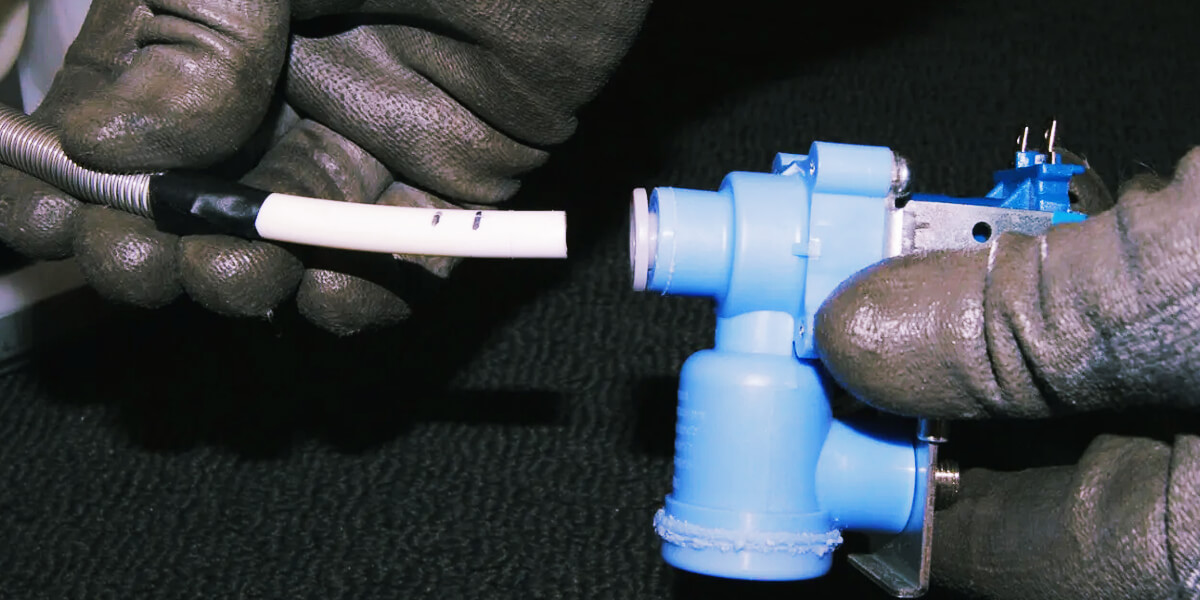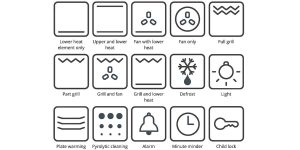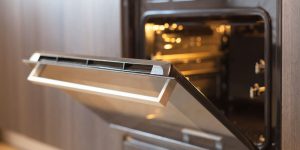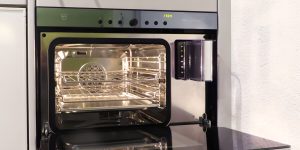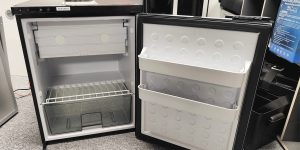If you’re moving or replacing your fridge or need to disconnect the water line for any reason, it can seem like a daunting task. However, disconnecting a water line from a fridge can be relatively straightforward with a few simple steps. In this article, I’ll walk you through the steps to safely and effectively disconnect your fridge’s water line. You’ll also get some tips on how to avoid common mistakes and ensure that the process goes smoothly. My review will be useful not only to beginners but also to experienced professionals.
What exactly is a water line in a fridge?
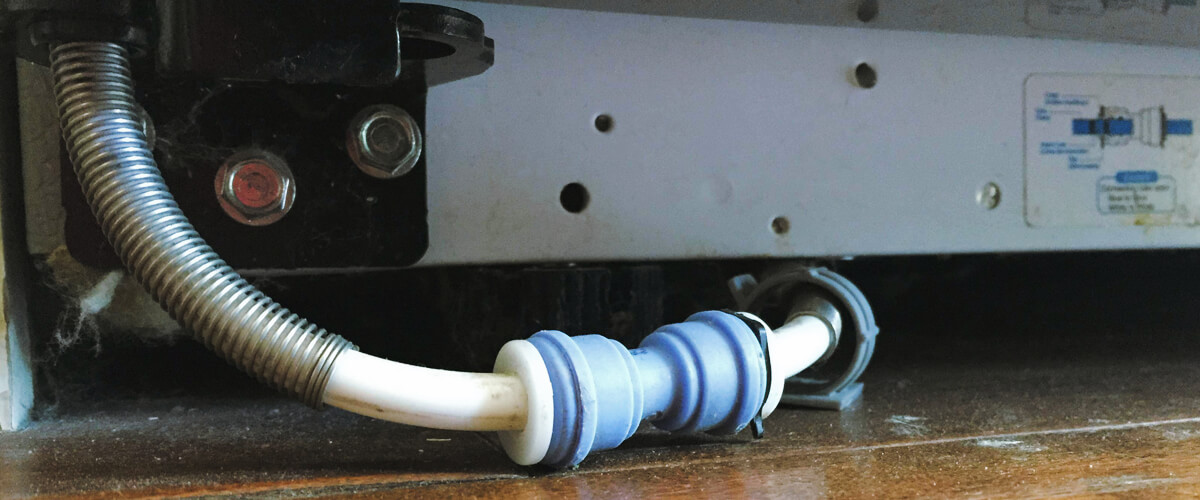
A water line in a fridge is a tube or hose that connects the fridge’s water dispenser and ice maker to a water supply. This line carries water from the supply to the fridge, making ice and dispensing chilled water. The water line is typically made of plastic or copper and is installed behind or underneath the fridge.
The water line for a fridge is usually connected to a cold water supply line under the sink or behind the refrigerator. Some newer fridge models also feature a built-in water filtration system that filters the water before it enters the fridge.
As you may have guessed by now, a properly installed and maintained water line is essential for the proper functioning of a fridge’s ice maker and water dispenser.
The presence of a water line in a fridge typically depends on the model and manufacturer. For example, some fridges have built-in ice makers and water dispensers that require a water line for proper functioning, while others do not have these features and therefore do not require a water line.
Why may you need to disconnect a water line from your fridge?
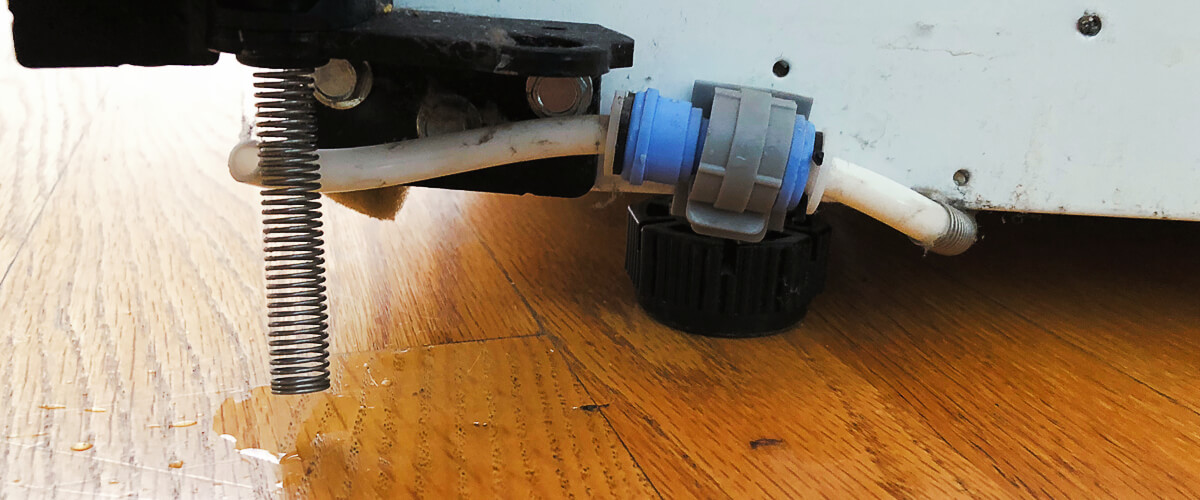
There are several reasons why you may need to disconnect a water line from your fridge, including:
- Moving: If you’re moving your fridge, you’ll need to disconnect the water line to prevent any leaks or damage during the move.
- Repair: If your fridge’s water dispenser or ice maker isn’t working properly, you may need to disconnect the water line to troubleshoot or repair the issue.
- Replacement: If the water line or fittings are damaged, you may need to disconnect and replace the old line with a new one.
- Cleaning: Occasionally, you may need to disconnect the water line to clean or sanitize the fridge’s water dispenser or ice maker.
It’s important to remember that disconnecting a water line from your fridge can be complex. Therefore, you should always follow proper safety procedures and guidelines to avoid damage or injury. If you’re unsure how to disconnect the water line or have any concerns, it’s better to consult the manufacturer’s manual or seek professional advice.
Equipment needed to disconnect a water line from the fridge
I have prepared for you a handy table in which I have collected the most important tools for this kind of work.
| Equipment | Description |
|---|---|
| Adjustable wrench | Used to loosen and tighten compression fittings |
| Pliers or Channel locks | Used to hold onto the fitting or line when disconnecting |
| Teflon tape | Used to wrap around the threads of the new water line connection |
| Bucket or towels | Used to catch any water that may spill during the disconnection |
| Safety glasses | Optional, but recommended to protect your eyes from any debris |
| Rubber gloves | Optional, but recommended to protect your hands from any debris |
Of course, the equipment you need may vary depending on the specific fridge model and the type of water line connection. Remember to consult the manufacturer’s manual or seek professional advice if you are unsure what equipment you need. And as always, take appropriate safety precautions and follow proper procedures when working with appliances and water lines.
Step-by-step instruction on how to disconnect water line from fridge
Just follow these simple steps to get the job done correctly.
| Step | Instruction | Description |
|---|---|---|
| 1 | Turn off the water supply | Locate the water supply valve that connects the water line to your fridge and turn it off to prevent water from flowing while you work on the line. |
| 2 | Unplug the fridge | To avoid any electrical issues, unplug the fridge from the electrical outlet. |
| 3 | Access the water line | Locate the water line connected to the fridge. It is typically located at the back or bottom of the fridge. |
| 4 | Remove the water line | Depending on the type of connection, use pliers, an adjustable wrench, or your fingers to loosen and disconnect the water line from the fridge. |
| 5 | Drain the line | If there is any water in the line, it is important to drain it into a bucket to prevent any water from spilling on the floor or damaging your property. |
| 6 | Remove any fittings | If there are any fittings on the water line, remove them using pliers or an adjustable wrench. Be sure to keep them in a safe place for future use. |
| 7 | Replace the water line | If you need to replace the water line, remove the old line and connect the new one using the appropriate fittings and connectors. Be sure to wrap Teflon tape around the threads of the new connection to prevent any leaks. |
| 8 | Turn on the water supply | Once you have completed the disconnection or replacement, turn on the water supply to restore water to the fridge. |
| 9 | Check for leaks | After turning on the water supply, check for any leaks around the connection. Tighten any fittings or connections as needed to prevent any leaks. |
That’s it! Disconnecting a water line from a fridge can be a simple process as long as you follow the proper procedures and take appropriate safety precautions.
